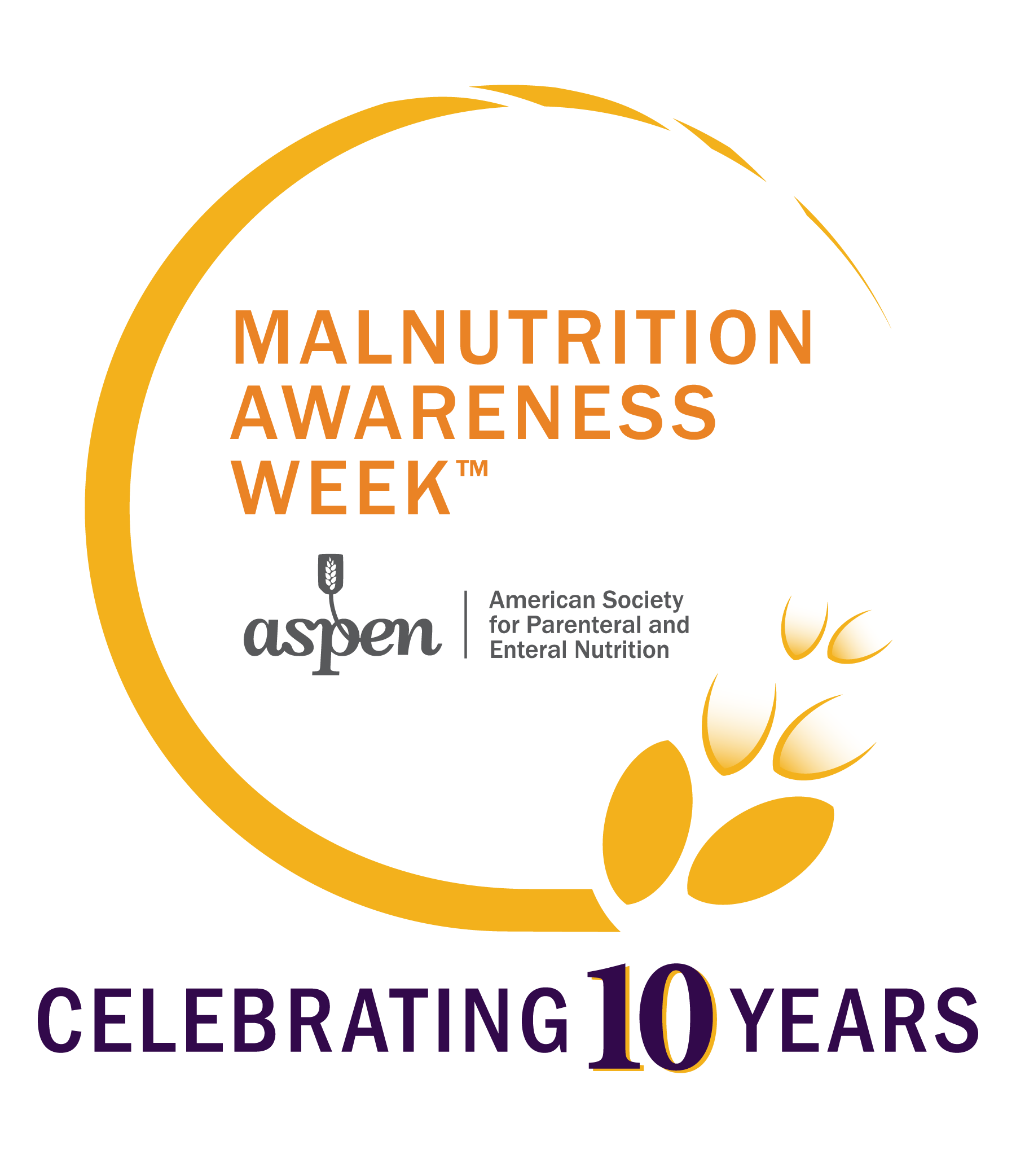Malnutrition is a health condition caused by not getting enough nutrients from foods .
.
Malnutrition can affect anyone, at any age. It is more common than many realize, especially among older adults, but it’s also something we can work to identify, address, and even prevent.
About Malnutrition
Malnutrition can be caused by a variety of factors. Below are just a handful of common situations that may affect older adults and increase their risk of malnutrition.
- Low income – buying healthy food is a challenge.
- Living alone – preparing nutritious meals for one and eating alone can be unappealing.
- Chronic health conditions – special diets can be difficult to manage.
- Mental health conditions – depression and anxiety can lead to decreased appetite.
- Poor oral health – discomfort makes it harder to eat some foods, such as raw vegetables.
- Lack of transportation – obtaining groceries and meals requires significant effort.
What we eat and drink – and how nutritious it is – affects all aspects of our bodies and how we function. If we don’t get the nutrition that we need, it affects our physical and mental health and can eventually lead to chronic diseases like diabetes and heart disease. In older adults, malnutrition can increase the risk of illness, frailty, and falls – all of which can undermine independence and contribute to poor quality of life.
Malnutrition also costs money – the U.S. health care system spends an estimated $51 billion each year to address this issue. Community-based organizations interested in partnering with health care entities may consider emphasizing how the senior nutrition program reduces malnutrition in older adults participating in our programs, thus preventing hospitalizations and declines in physical and mental health.
Unfortunately, despite these negative outcomes, malnutrition among older adults often goes undetected and unaddressed. The aging network, however, is uniquely poised to make a difference.
How to Help
Wherever you work within the aging network, you likely interact with seniors who have poor nutritional health. The first thing you can do to help identify malnutrition or the risk of malnutrition is to ask older adults these two questions from a simple Malnutrition Screening Tool recognized by the Academy of Nutrition and Dietetics for its reliability:
- Have you lost weight recently without trying?
- Have you been eating poorly because of a decreased appetite?
If someone is at risk, one of the best ways you can help is to refer them to the Senior Nutrition Program. Funded by the Older Americans Act and administered by ACL, the program supports nutrition services for older adults across the country. Its three-fold purpose is to:
- Reduce hunger, food insecurity, and malnutrition
- Increase socialization
- Promote the health and well-being of older Americans
Local senior nutrition programs address malnutrition by providing nutritious meals through congregate and home-delivered meal programs. A recent review by an independent panel of public health and prevention experts supports what ACL evaluations have shown – these meal programs reduce malnutrition.
In addition to senior nutrition programs, ACL’s Eldercare Locator can connect older adults and their families to services that can address other factors contributing to malnutrition. This vital resource provides information on a range of local supports in the areas of transportation, physical activity, in-home services, and more.
A Call to Action
While we observe Malnutrition Awareness Week this month, I urge you to think beyond September. As you go about your daily work, consider nutrition an essential part of senior health – and malnutrition as something we can all help to solve.
Learn More
- Aging Network’s Role in Identifying Malnutrition and Abuse (Nutrition & Aging Resource Center)
- Addressing Malnutrition in Community Living Older Adults: Toolkit for AAAs (MD Dept. of Aging)
- Malnutrition Resources for Consumers (ASPEN)
- Professional Malnutrition Resources (Defeat Malnutrition Today)
- Malnutrition: A Hidden Epidemic in Older Adults (Alliance on Aging Research video)

